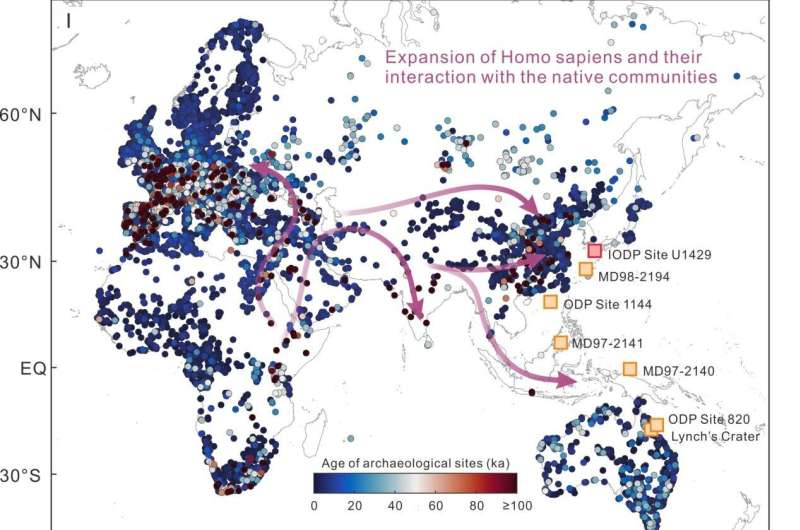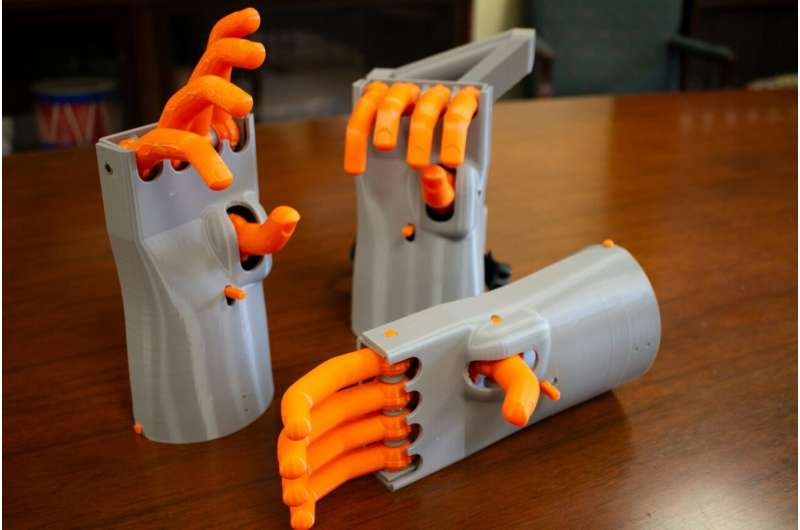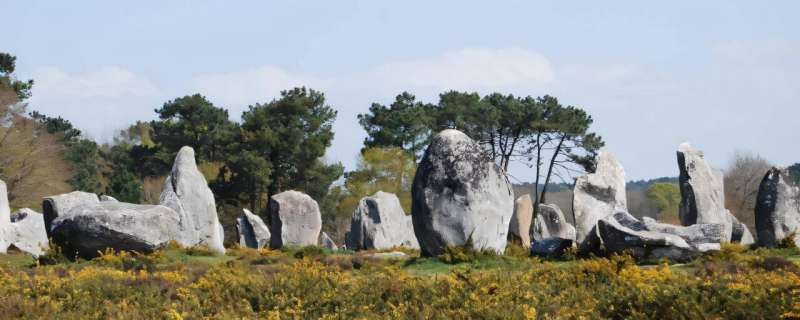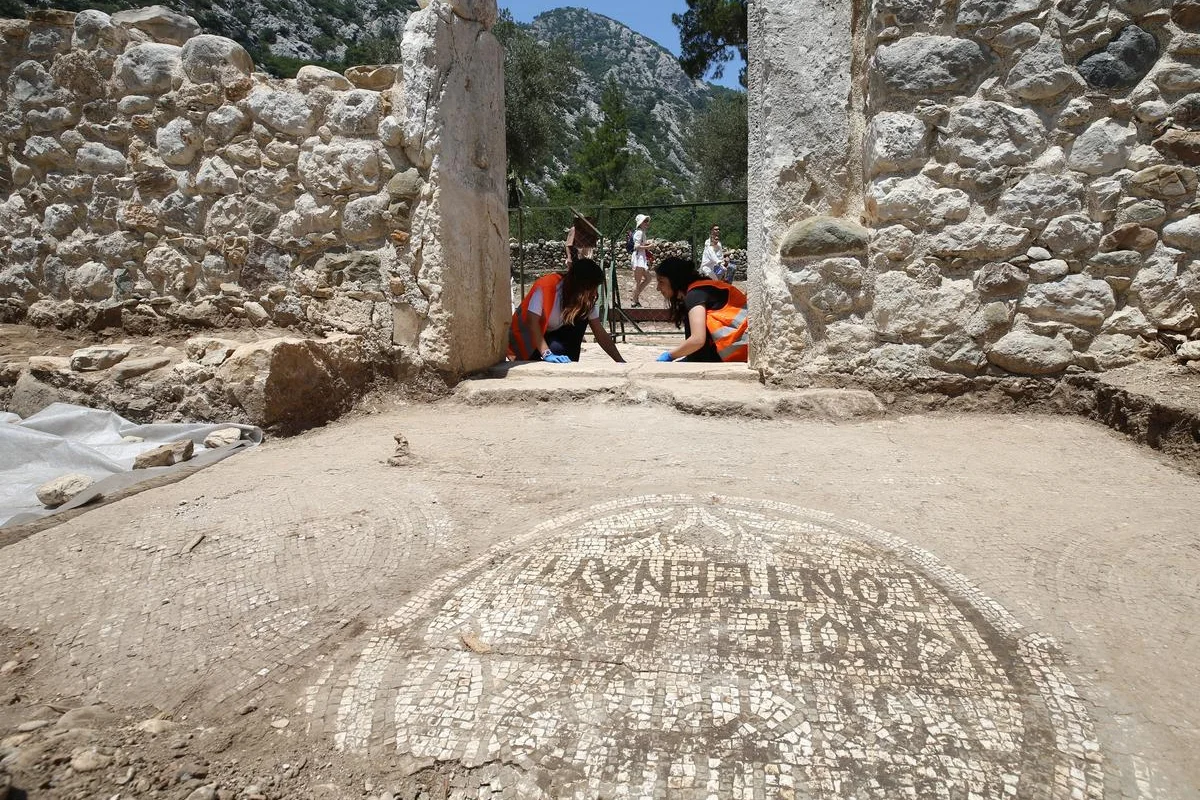Unveiling Earth's Size: The Story of Eratosthenes’ Circumference Calculation
By the 5th century B.C., the understanding that the Earth is a sphere had become widely accepted among scholars, a fact that counters the modern misconception that ancient peoples believed the Earth to be flat. One of the most remarkable contributions to this understanding was made by Eratosthenes of Cyrene, a Greek mathematician, geographer, and astronomer who is best known for his pioneering calculation of the Earth's circumference around 240 B.C.
Background and Significance
Eratosthenes' work is particularly significant, not just for the accuracy of his measurement but also for the innovative method he employed. His calculation was documented in a manuscript that has since been lost, but the technique and results have been preserved through the writings of other ancient Greek historians and scholars.
The Observation in Syene
The story begins with a well in Syene (modern-day Aswan, Egypt), which Eratosthenes learned about from travelers. This well had a unique property: at noon on the summer solstice (around June 21), the sun illuminated the entire bottom without casting any shadows, indicating that the sun was directly overhead. This observation was crucial because it provided a specific geographic point where the sun's rays were vertical.
The Measurement in Alexandria
Eratosthenes then conducted a complementary observation in Alexandria, approximately 800 kilometers (500 miles) north of Syene. On the same day and time (noon on the summer solstice), he measured the angle of the shadow cast by a stick (a gnomon). The shadow created an angle of about 7.2 degrees with the vertical, which is approximately 1/50th of a full circle (360 degrees).
Calculating the Earth's Circumference
Understanding that the Earth is spherical, Eratosthenes reasoned that the difference in the angle of the sun’s rays between Syene and Alexandria was due to the curvature of the Earth. By knowing the distance between the two locations, which was measured by professional surveyors of the time, he could use simple geometry to calculate the Earth's circumference.
The distance between Syene and Alexandria was estimated to be about 5,000 stadia. Using the relationship that 7.2 degrees is 1/50th of a full circle, Eratosthenes multiplied the distance by 50 to arrive at the Earth's total circumference. This calculation yielded a figure of approximately 250,000 stadia. Converting this to modern units gives a range of between 24,000 and 29,000 miles, remarkably close to the actual circumference of about 24,901 miles.
Legacy and Impact
Eratosthenes' calculation was a monumental achievement in the field of geography and astronomy. It provided a concrete measurement that could be used to better understand the size of the Earth, and it demonstrated the power of scientific observation and mathematical reasoning.
His work laid the groundwork for future astronomers and geographers and solidified his reputation as one of the greatest scholars of antiquity. Eratosthenes also made significant contributions to other fields, including the development of the first known map of the world incorporating latitude and longitude lines and the creation of the "Sieve of Eratosthenes," an algorithm for finding prime numbers.
In conclusion, Eratosthenes’ measurement of the Earth's circumference stands as a testament to the advanced state of ancient Greek science and the enduring legacy of classical scholarship. His methodical approach and innovative use of observational data continue to inspire scientists and historians alike, highlighting the profound impact of early scientific inquiry on our understanding of the natural world.








